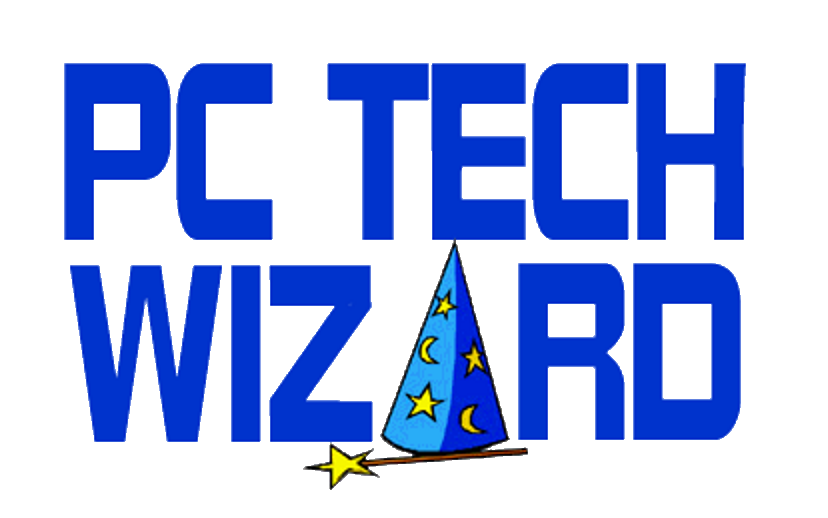We’ve all been awaiting the release of Service Pack 1 for Windows Vista, hoping that it would resolve at least some of the performance and compatibility issues that have prevented me from recommending Vista to anyone so far. Home users, many of whom were stuck with Vista when purchasing a new computer, have struggled to work through the issues, while businesses have almost entirely ignored Vista.
Service Pack 1 became available to end users on March 18. Is Vista ready for prime time now? This detailed report from the PC World Business Center doesn’t give us much cause for celebration. Their take? If you have Vista, the service pack is a must. But there’s still no compelling reason for Windows XP users to make the jump.
Microsoft warned us back in December not to expect the service pack to have much impact on Vista’s overall compatibility, and that appears to have been the case.
In case you think I’m the only person who has major reservations about Vista, it might interest you to know that Infoworld’s Save Windows XP petition has been signed by over 160,000 people so far. It’s hard to say if the petition will have any impact. Microsoft is still holding firm that XP sales will cease June 30.
However, there are still newsworthy developments regarding our favorite not-dead-yet operating system. Microsoft will be releasing a third service pack for Windows XP in the next week or so. SP3 contains a handful of Vista security functions that have been backported to XP, but it’s primarily a collection of all the previously-released updates, packaged up nice for the convenience of corporate users. (There are some indications that the service pack will improve XP’s performance by as much as ten percent – sounds too good to be true, but let’s wait and see.) There had been rumors that SP3 would make some of the “cool” Vista interface features available to XP, but they appear to have been false.
Microsoft has also agreed to keep the Home version of Windows XP available specifically for “ultra-low-cost” PCs. These machines are usually priced at $500 or less and are targeted for education and developing countries. They don’t meet Vista specifications and usually ship with some variant of the Linux operating system.
In the midst of all this fuss, details are now beginning to trickle out about the next Windows version, Windows 7. Microsoft’s announced roadmap calls for the new OS to be available in 2010, but a rash of recent (and unsubstantiated) rumors indicate Windows 7 could be out a lot sooner, even as soon as next year. I point you to this excellent piece by Ken Fisher which explains why this would be a very bad idea. Microsoft cannot afford to rush another OS out the door before it’s ready and further jeopardize its credibility and reputation.
